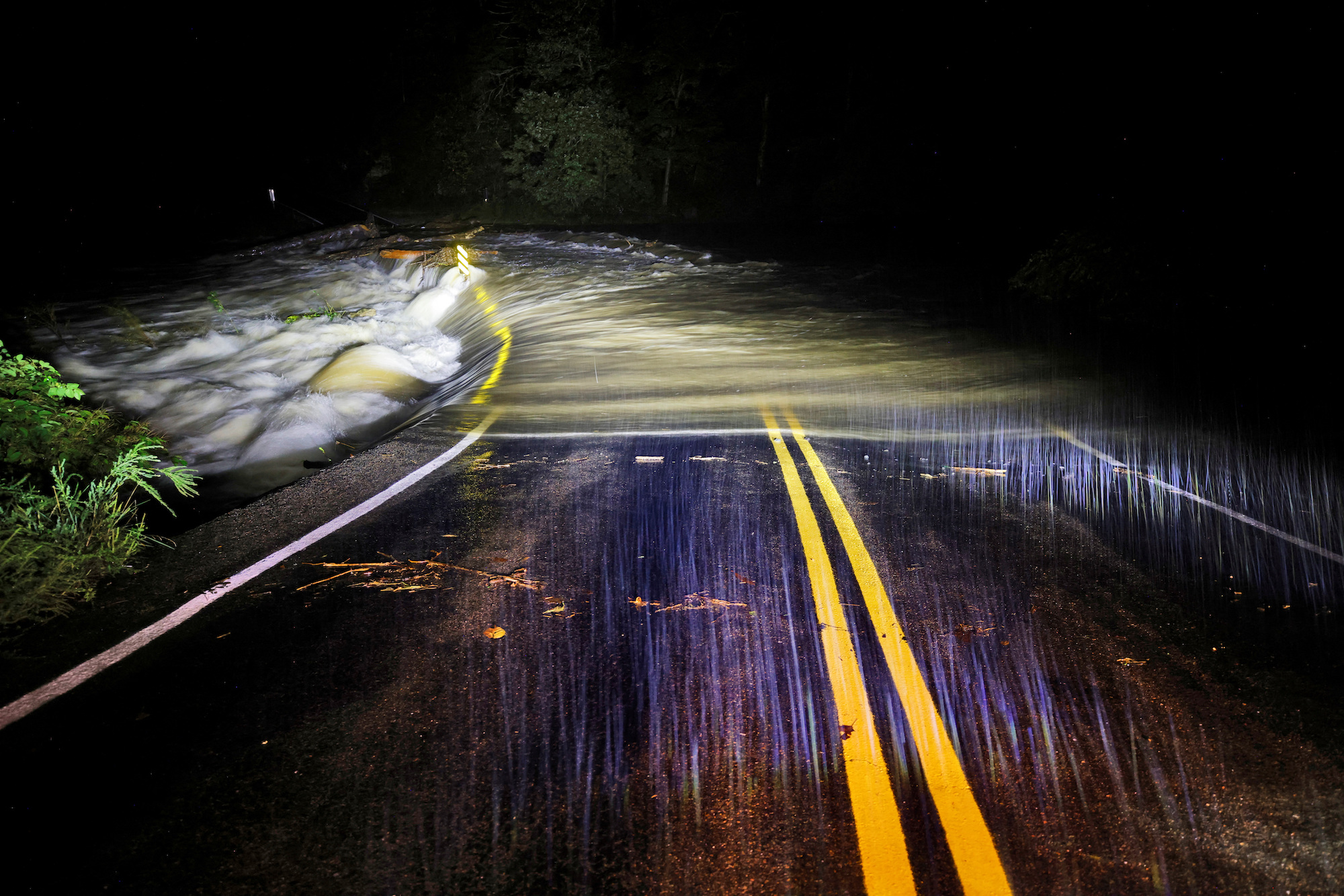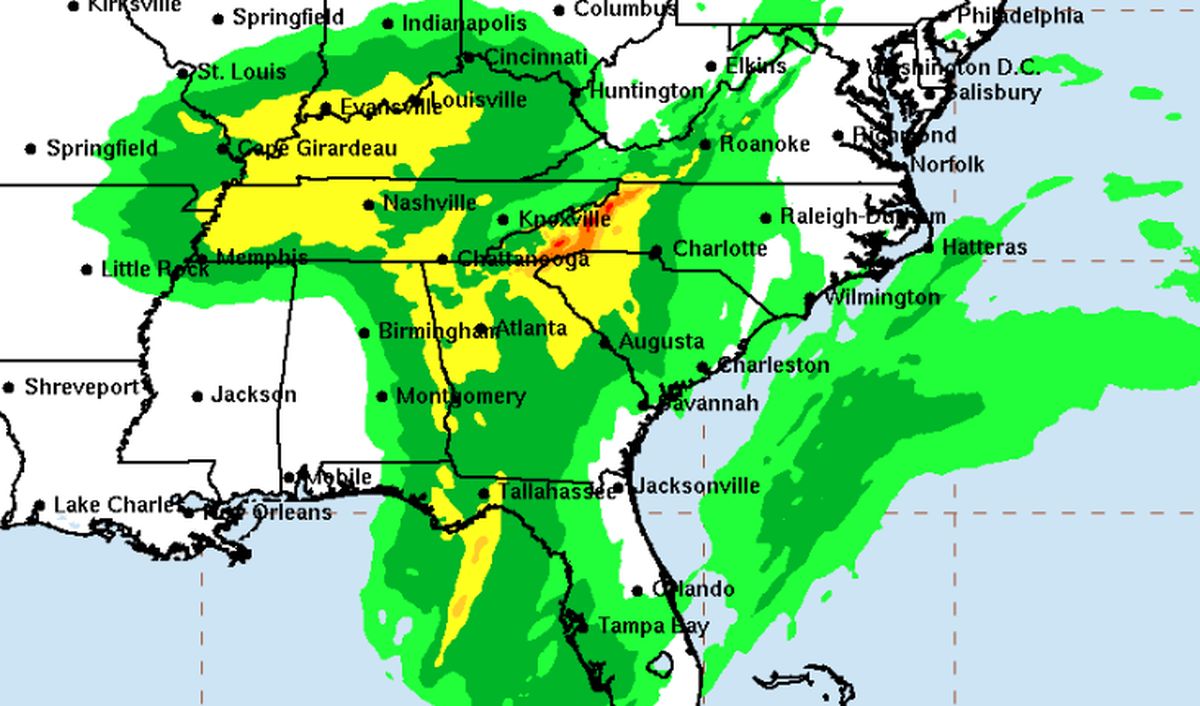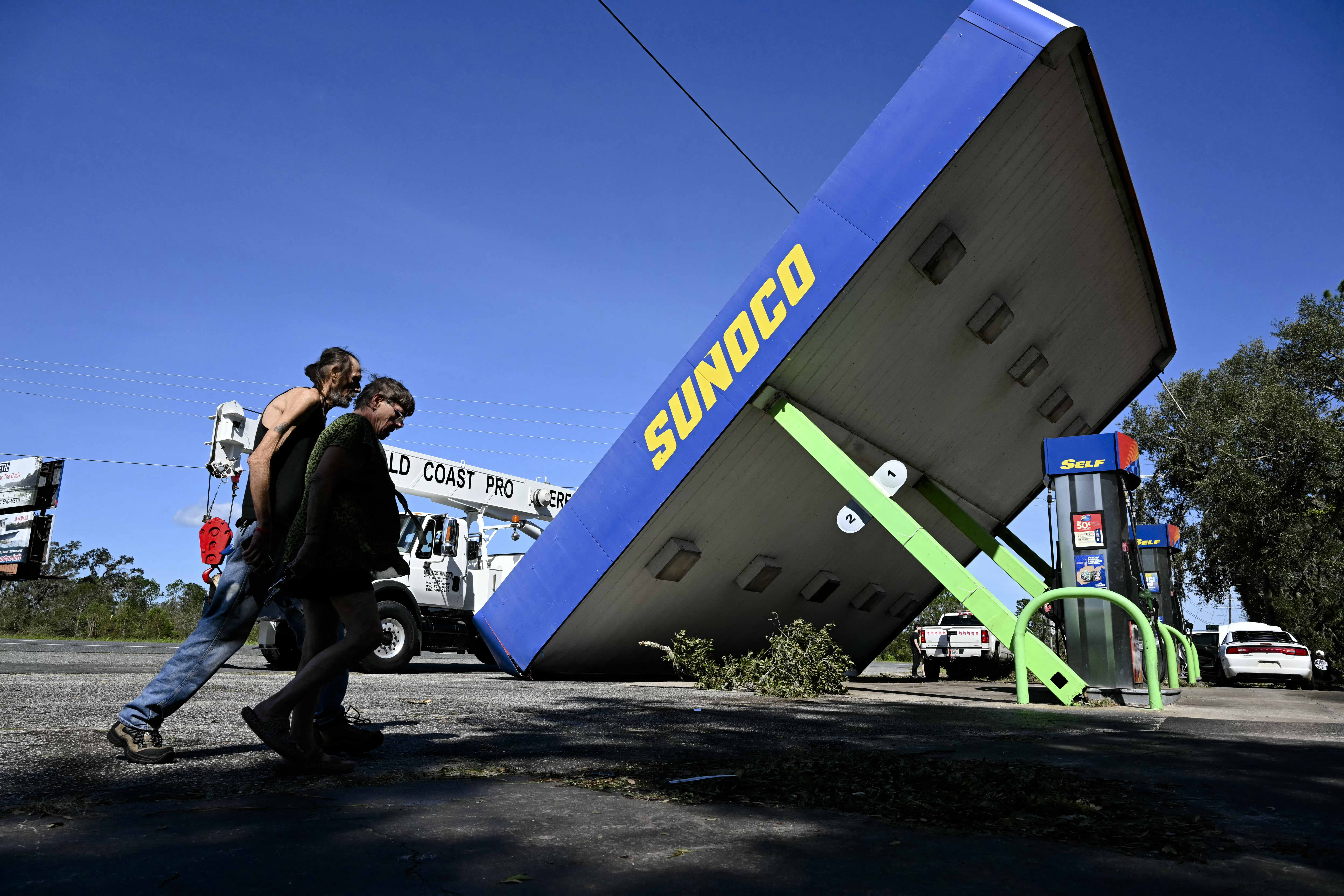

The National Weather Service (NWS) issued an urgent flash flood emergency warning that a North Carolina dam is at imminent risk of failure as Tropical Storm Helene dumped heavy rainfall on the region. Officials later on Friday said that the dam is holding for now.
By Friday afternoon, officials said that dam’s wall is holding, but they warned that the Broad River is overtopping its boundaries and support structures are compromised.















Hurricane Helene, a Category 4 storm, is projected to slam Florida’s northwestern coast on the evening of Sept. 26. It is also forecast to bring heavy rains across much of the southern United States over the coming weekend.
A map from the National Hurricane Center (NHC) on Sept. 26 shows Hurricane Helene hitting the Florida Panhandle, with the state’s capital Tallahassee being at or near the center of the storm’s forecasted path. The storm is expected to strengthen further before making landfall, according to the NHC.
The National Weather Service (NWS) warned on social media that a “catastrophic and deadly storm surge is likely along portions of the Florida Big Bend coast, where inundation could reach as high as 20 feet above ground level, along with destructive waves.”





